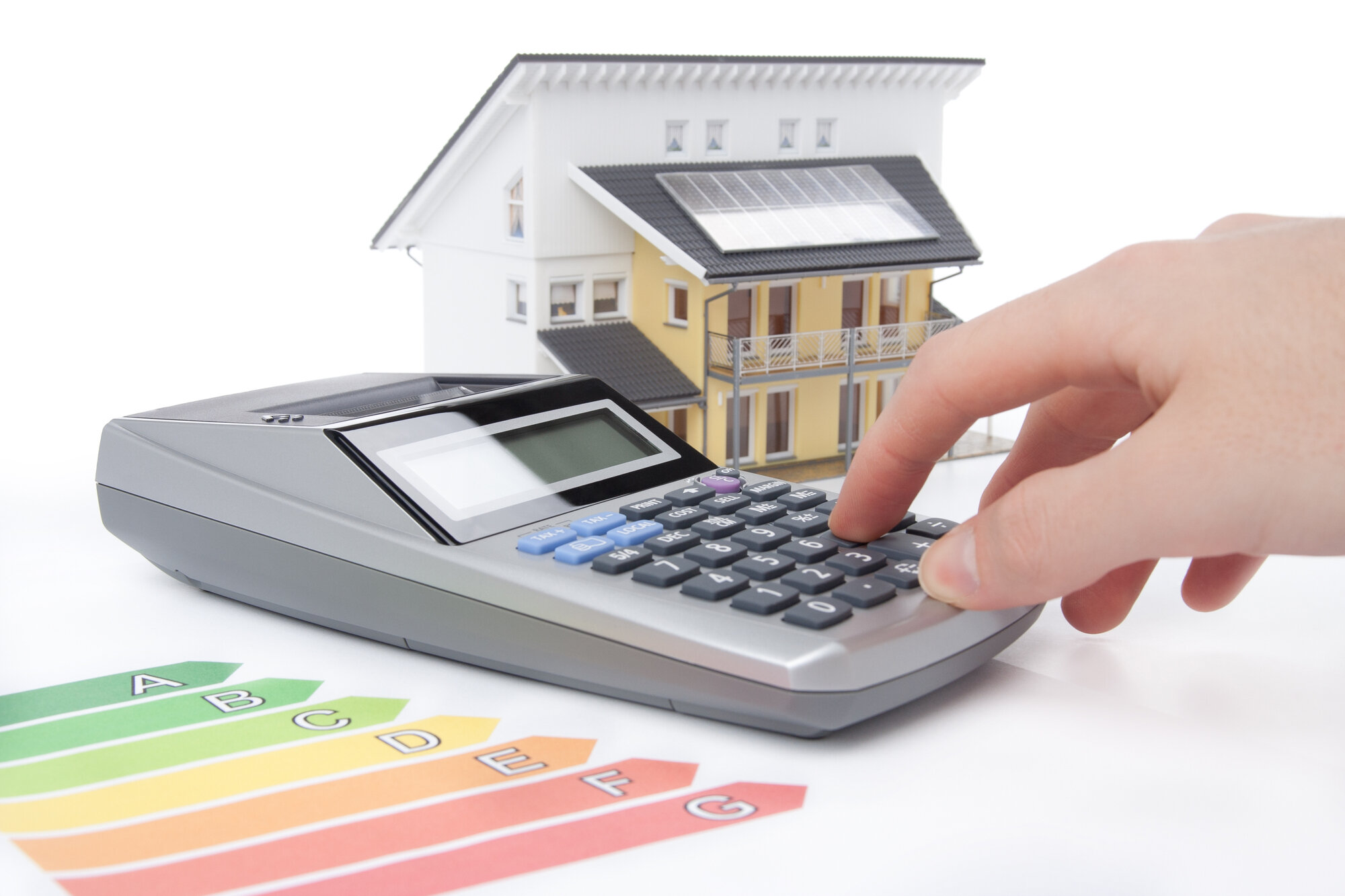Spring and Summer Energy-Saving Tips
source credit: Deposit Photos
Here you'll find strategies to help you save energy and keep costs down during the spring and summer when the weather is warm and you are trying to keep your home cool. Some of the tips below are free and can be used on a daily basis to increase your savings; others are simple and inexpensive actions you can take to keep energy affordable through the spring and summer. For more ways to stay cool while saving energy, check out our Energy Saver 101 infographic, covering everything you need to know about home cooling.
If you haven't already, conduct an energy audit to find out where you can save the most.
USE YOUR WINDOWS TO KEEP OUT HEAT
Install window coverings to prevent heat gain through your windows during the day.
OPERATE YOUR THERMOSTAT EFFICIENTLY
Set your thermostat at a temperature you find comfortable and that provides humidity control, if needed. The smaller the difference between the indoor and outdoor temperatures, the lower your overall cooling bill will be.
Keep your house warmer than normal when you are away, and lower the thermostat setting when you return home and need cooling. A programmable thermostat allows you to do this automatically and without sacrificing comfort.
Avoid setting your thermostat at a colder setting than normal when you first turn on your air conditioner. It will not cool your home any faster and could result in excessive cooling and unnecessary expense.
USE FANS AND VENTILATION STRATEGIES TO COOL YOUR HOME
Turn off ceiling fans when you leave the room. Remember that fans cool people, not rooms, by creating a wind chill effect.
When you shower or take a bath, use the bathroom fan to remove heat and humidity from your home. Your laundry room might also benefit from spot ventilation. Make sure bathroom and kitchen fans are vented to the outside (not just to the attic).
KEEP YOUR COOLING SYSTEM RUNNING EFFICIENTLY
For maximum energy affordability, schedule regular maintenance for your cooling equipment.
Avoid placing lamps or TV sets near your room air-conditioning thermostat. The thermostat senses heat from these appliances, which can cause the air conditioner to run longer than necessary.
Vacuum your air intake vents regularly to remove any dust buildup. Ensure that furniture and other objects are not blocking the airflow through your registers.
CONSIDER A RANGE OF APPLIANCES AND LIGHTING OPTIONS
Consider lighting options that operate at cooler temperatures.
If convenient, take advantage of daylight instead of artificial lighting, but avoid direct sunlight.
Wash full loads of dishes and clothes for better efficiency.
KEEP HOT AIR FROM LEAKING INTO YOUR HOME
Seal cracks and openings to prevent warm air from leaking into your home.
Add caulk or weatherstripping to seal air leaks around doors and windows.
LOWER YOUR WATER HEATING COSTS
Water heating accounts for about 18% of the energy consumed in your home.
The Consumer Product Safety Commission recommends setting your water heater at no more than 120 degrees Fahrenheit to prevent scalding. The lower setting will also conserve energy and save money.
source credit: https://bit.ly/3unVgXf


